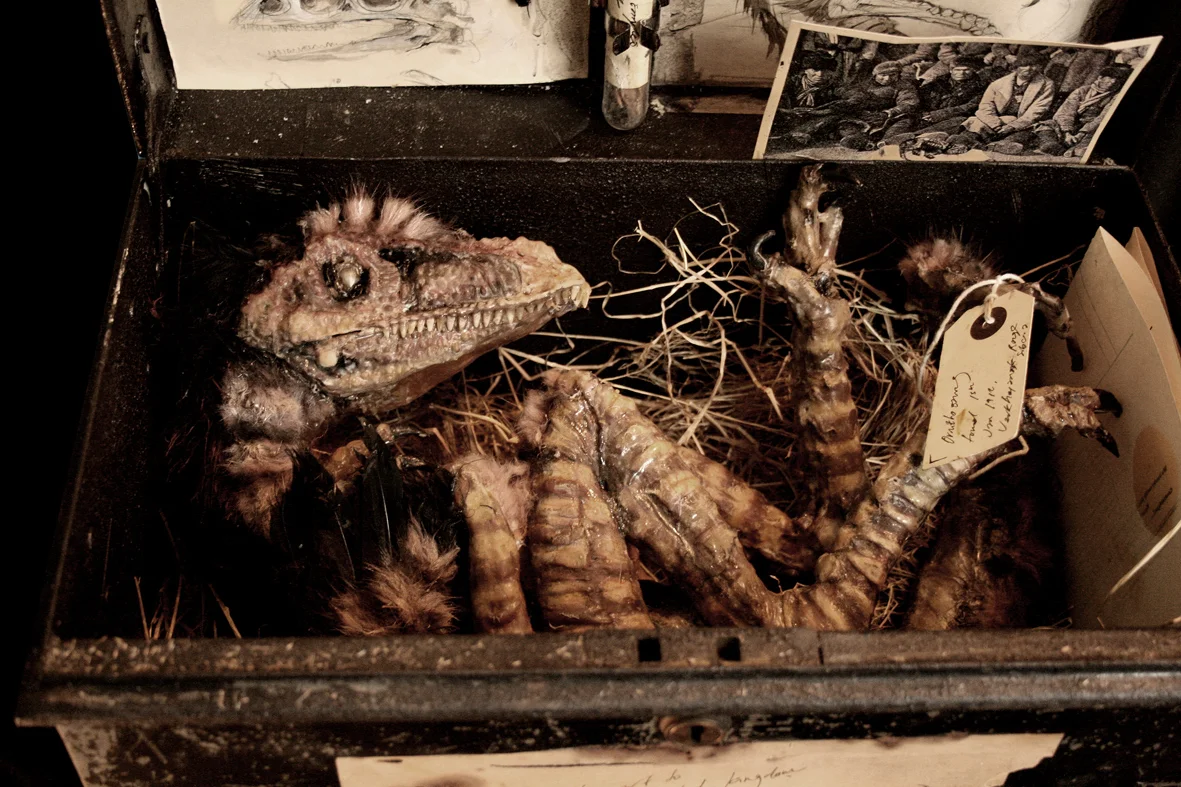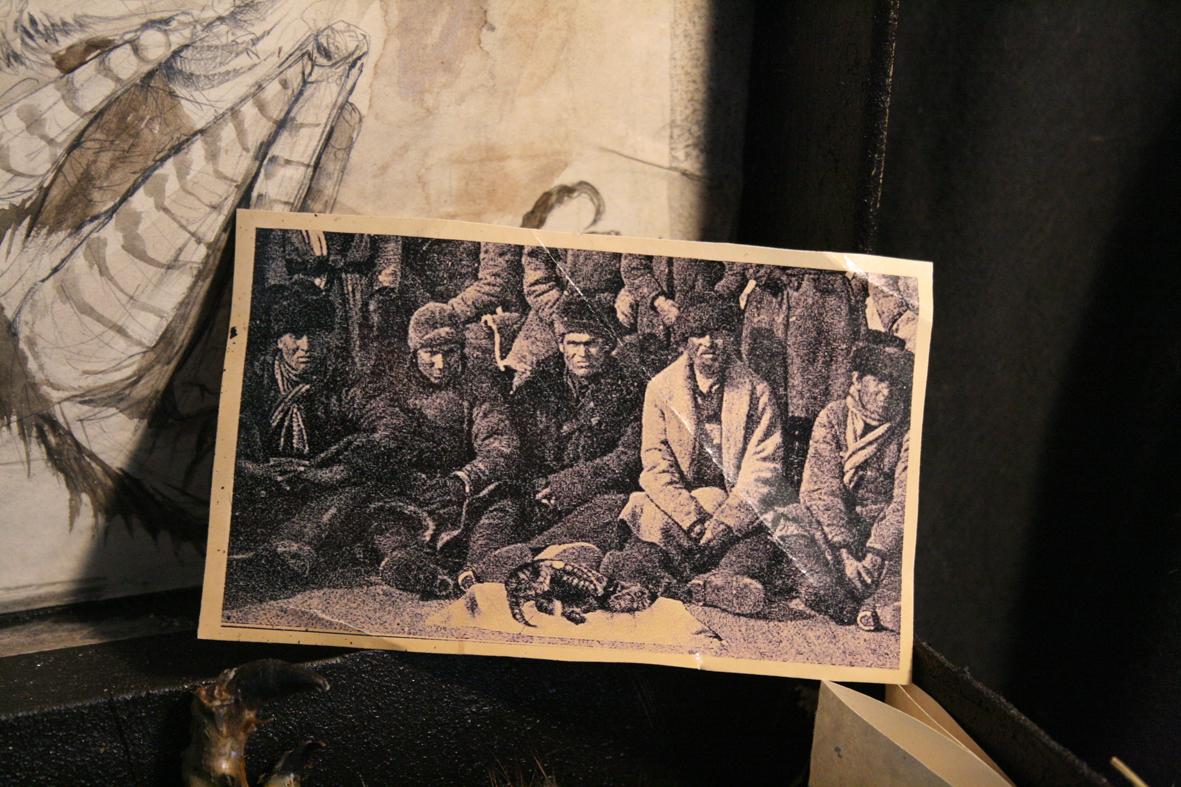All images copyright Alex CF 2014. Please credit and attach a link if used outside this website.
Species: Dromaeosaur
bipedal, carnivore
1912: The Royal Institute for Paleontological Research received news of a unique find in the Verkhoyansk Range, Eastern Siberia. The letter did not state what the find was, yet it intrigued the Russian born head of the department – Aleksey Zhukovsky, who was planning a trip to Russia that spring to visit colleagues. The find came with a price tag, and upon replying to the sender he assured that payment would be made in full if the find was as rare as purported.
When he reached Siberia, he found out that there was competition for the find, as letters had been sent to a number of scientific bodies. Intrigued further by this news, he put together a team of scientists and travelled to Lena, where they met a group of locals who would take them to the site of this auspicious find.
The journey was long and wrought with problems. Not only had the local who owned this find hired a man to represent him, and demand a higher price, but the spring had also brought with it peculiar weather, a heavy sustained snow fall and treacherous conditions. Dogs were lost, yet the team managed to haul itself to the final destination, a small enclave of huts, and a handful of people living there.
They had managed to beat the other parties to the find, yet for an hour the owner and this hired hand – a Pafnuty Chebyshev -demanded payment before the find was shown to the party. Eventually Aleksey paid the man, only to be confronted with something that challenged everything he knew of saurian evolutionary biology.
Before him, a creature that had been removed from the ancient permafrost of a subterranean mountain glacier some 40 miles north, in a unique spot of almost permanent sub zero temperatures. Preserved almost perfectly intact (although it was obvious that it had gone through many defrosting and refreezing processes) was an animal that would elevate many scientific theories – a perfect still image taken almost 65 million years before.
The creature was a subspecies of Ornithosaurus, of the family Dromaeosauridae – an order of bird-like theropod dinosaurs. They were small carnivores that flourished in the Cretaceous Period. A few scientists had theorised that these animals were the precursor to birds, the strongest evidence being that of the Archaeopteryx, discovered in 1861, only two years after Charles Darwin published On the Origin of Species, and it became a key piece of evidence in the debate over evolution.
This specimen itself was not fossilized – but preserved. Aleksey hypothesized that the initial freezing must have sterilized the creature of all microbial bacteria, ceasing all decomposition – and the final resting place of the animal – in a frozen underground river- had allowed – beyond all reason – to perfectly preserve it. Its body was covered in down, which formed “proto-feathers” at the wrist, concealing three fingered digits tipped with razor sharp claws. Nearly every feature of the animal was intact – from eyes to the pigmentation in its skin. Dull reds and browns accented the tiny creature, the evolutionary missing link between dinosaur and bird.
The find was taken back to England and a postmortem was carried out. The creature’s stomach and digestive tract still contained its last meal, and it was found to contain high levels of salt. Once Aleksey had more time to analyze the animal, he surmised that for the animal to be so well preserved after such a long time, it must have remained in a vacuum-like state. The salt was attributed to sea water – yet the unique conditions in which the animal had existed was never fully understood. To secure the stability of its fragile body it was injected with various preservatives and given pride of place in the lobby of the Institute for Scientific Discourse.
It remained there for a few months, until the story of the Plateau in South America became headline news. Aleksey was invited to see a similar specimen bought back from this place that time forgot. Many now believed that the Ornithosaur had actually originated from the plateau and not a subterranean glacier, yet how it managed to end up in Siberia was never explained. The story and the specimen remained a mystery and disappeared into the annals of time, hidden in the storage facility of the Institute, returned to the crate it was initially shipped in, along with the original customs and excise form, a handful of illustrations and photos and the various detritus that was attached to it once defrosted.
100 years later Mongolia would be the site of hundreds more fossilized Dromaeosaurs and other feathered dinosaurs, the final missing pages in the development of flight.












